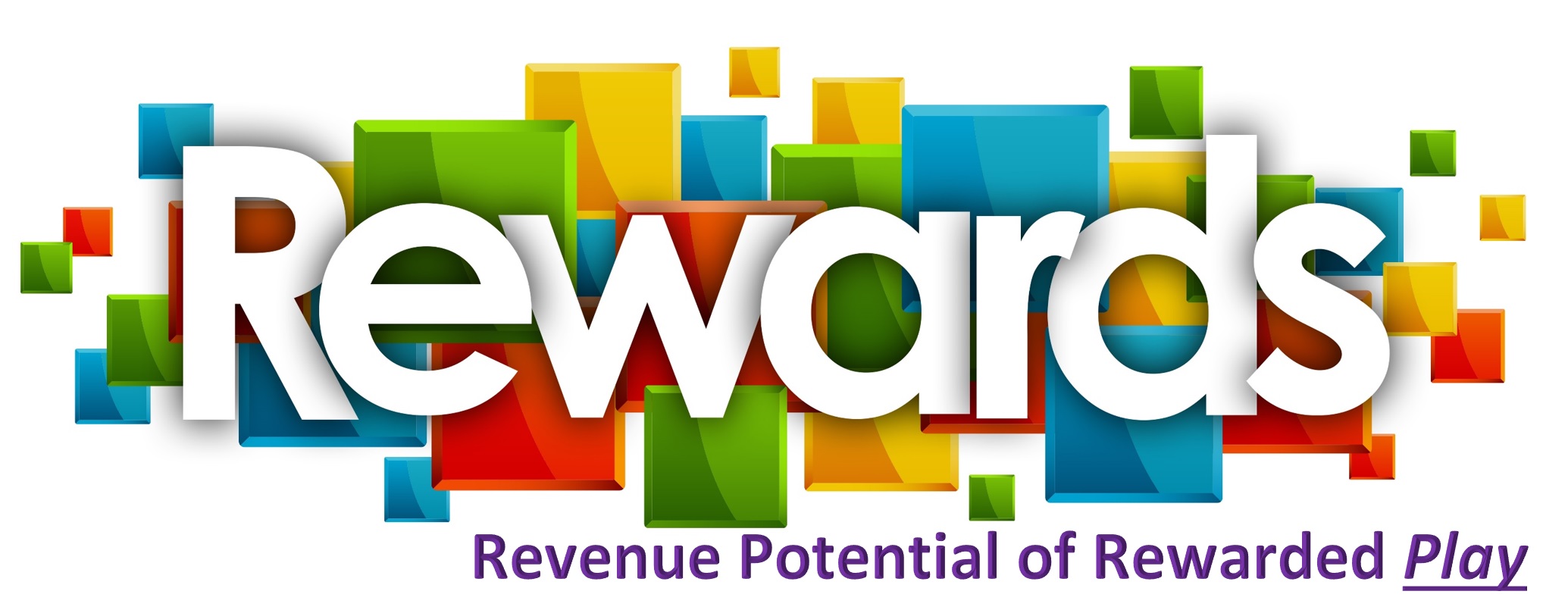
Struggling to bring in revenue from your mobile games? It’s not uncommon. Once, games were full price in the app stores, and players had to purchase them outright to play.
Things have changed today. Most consumers expect games to be free. That’s great for them, but how do game developers turn a profit? Many solutions have been tried here, including:
- Freemium games
- In-app purchases
- Free trials
Few have worked very well. That is, until the advent of rewarded plays. Not sure what rewarded plays are or why they matter to your success as a developer? We’ll dive into what you need to know in this post.
Contents
What Are Rewarded Plays?
Rewarded plays are nothing more than the outcome of a user interacting with your game, watching a video ad, and then receiving a reward. It’s an incentivized reason for them to watch the ads served up by your partner network.
Here’s how it works:
- A player downloads your game and starts to play.
- At some point in the play, they are prompted to watch a video ad in exchange for a reward. That reward can be almost anything, but it must apply to the game, and it must have value to the player. Some basic examples include upgraded/exclusive weapons, extra lives, level bumps, and more.
- The player watches the ad.
- When the ad ends, the player is rewarded and goes on to the next level, where the cycle repeats.
- You (the game dev) are rewarded with income from the player watching (and hopefully clicking) the ad video.
The Pros and Cons of Rewarded Play
Pros
- You can build immense player loyalty with the right rewards.
- You can generate income without having to use pop-overs or pop-unders, in-app purchases, and other ad types.
- Players actually like reward video ads because they offer something they value.
Cons
- You must create rewards that your players value and that improve the overall gaming experience.
- You must create multiple reward tiers throughout the game that excite rather than exhaust players.
Reward Video Ads on HTML5, Cocos, Unity, and Others
There is no shortage of game engines today. Unity, Cocos, HTML5 – these are just some of your options. One thing that they all have in common? The ability to serve ads to your players, including reward videos.
With Unity, that ability is baked right in with the engine’s own ad system. Cocos does not have an ad system, but developers can use the Any SDK and then sign up for Google AdMob. For HTML5 developers, there’s a much wider range of ad networks, but you’ll need to do your due diligence when choosing between them (make sure that the network you choose supports reward videos).
Conclusion
Rewarded play is the answer to the troubling question of how to meet consumer expectations about game pricing while ensuring developers can earn an income for their work. With the right game engine and the right reward video strategy, you can engage your audience, offer them something of value that enriches gameplay, and boost your income at the same time.


